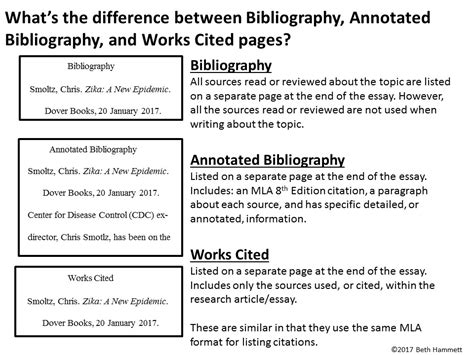How To Do An Annotated Bibliography: A Step-by-Step Guide
Creating an annotated bibliography might seem daunting, but with a structured approach, it becomes manageable. This guide will walk you through the process, helping you master this crucial academic skill. An annotated bibliography is more than just a list of sources; it's a powerful tool demonstrating your research capabilities and understanding of the subject matter. It combines a standard bibliography with concise summaries and evaluations of each source.
What is an Annotated Bibliography?
An annotated bibliography is a list of citations to books, articles, and documents. Each citation is followed by a brief (usually about 150 words), descriptive and evaluative paragraph, the annotation. The purpose of the annotation is to inform the reader of the relevance, accuracy, and quality of the sources cited.
Steps to Create a Flawless Annotated Bibliography
1. Choose Your Sources Wisely
Strong foundation: Start with a strong research base. Utilize reputable databases, academic journals, and books. Avoid unreliable websites or biased sources. Your chosen sources should directly relate to your research topic.
Diverse sources: Aim for a mix of primary and secondary sources to offer a balanced perspective. Primary sources are firsthand accounts (e.g., original documents, interviews), while secondary sources analyze or interpret primary sources (e.g., scholarly articles, books).
2. Create Your Citations
Consistent style: Select a citation style (MLA, APA, Chicago, etc.) and stick to it consistently. Accuracy is key; use a citation management tool (like Zotero or Mendeley) if needed to minimize errors.
Accuracy is Paramount: Double-check each citation for accuracy. Incorrect information undermines your credibility.
3. Write Your Annotations
Summarize: Begin by summarizing the main points of the source. What are the key arguments or findings? Focus on the most relevant information for your research.
Assess: Critically evaluate the source. Is it reliable? What are its strengths and weaknesses? Consider the author's expertise, the source's bias, and the methodology used (if applicable).
Reflect: Connect the source to your research. How does this source contribute to your understanding of the topic? How will you use this information in your project?
Example Annotation:
Let's say you're researching the impact of social media on teenagers. A source might be:
Citation: Smith, John. "The Impact of Social Media on Adolescent Mental Health." Journal of Adolescent Health, vol. 55, no. 4, 2020, pp. 420-425.
Annotation: Smith's article explores the correlation between social media usage and mental health challenges in teenagers. Using a large-scale survey, the author identifies a significant link between excessive social media consumption and increased rates of anxiety and depression. While the study's methodology is robust, the author acknowledges limitations regarding self-reported data. This article provides valuable evidence supporting the negative impacts of social media on adolescent well-being and will be used to inform my discussion of the mental health crisis among teenagers.
4. Organize Your Bibliography
Alphabetical order: Arrange your annotated bibliography alphabetically by the author's last name. This ensures easy navigation and consistency.
Consistent formatting: Maintain consistent formatting throughout the document, including font, spacing, and indentation.
5. Proofread Meticulously
Accuracy above all else: Before submitting your annotated bibliography, carefully proofread for any errors in grammar, spelling, punctuation, and citation formatting.
Tips for Success
- Start early: Don't leave this task until the last minute. Allocate sufficient time for research, citation creation, and annotation writing.
- Seek feedback: Ask a friend, professor, or librarian to review your work for accuracy and clarity.
- Use templates: Many word processors offer templates for annotated bibliographies, streamlining the formatting process.
By following these steps and incorporating these tips, you can confidently create a well-structured and informative annotated bibliography that enhances your research and demonstrates your academic prowess. Remember, a well-crafted annotated bibliography is a testament to your dedication to research and academic rigor.
